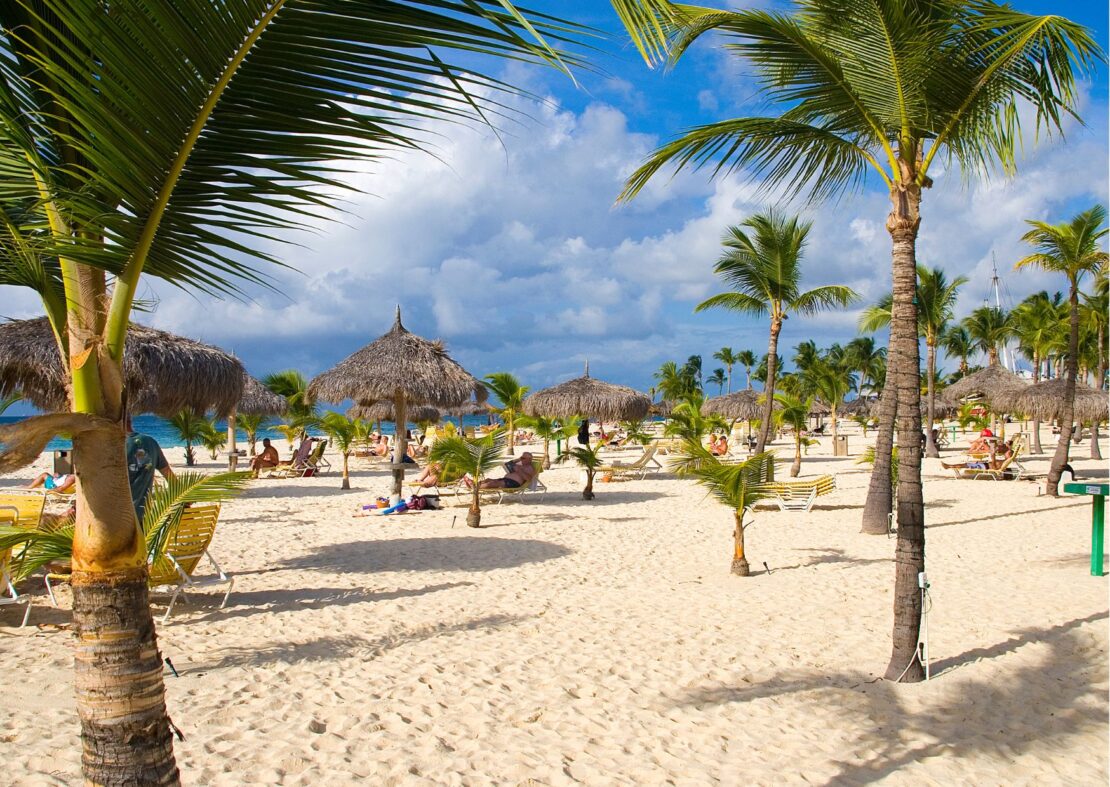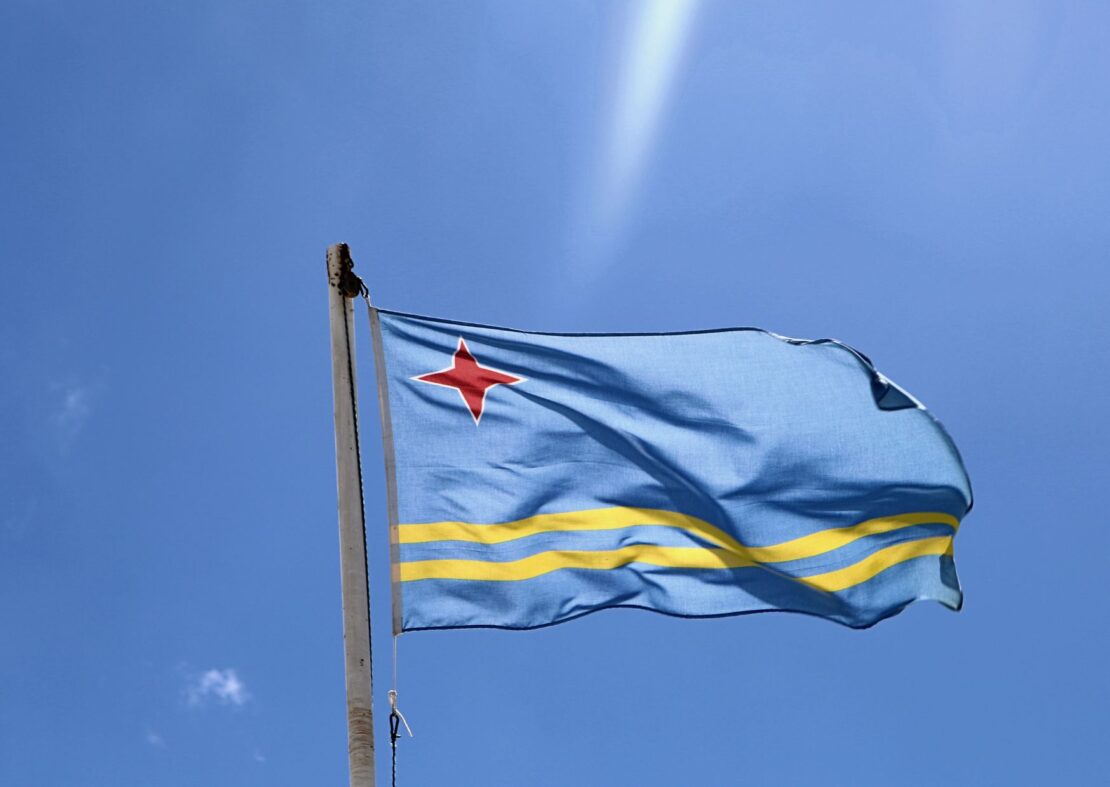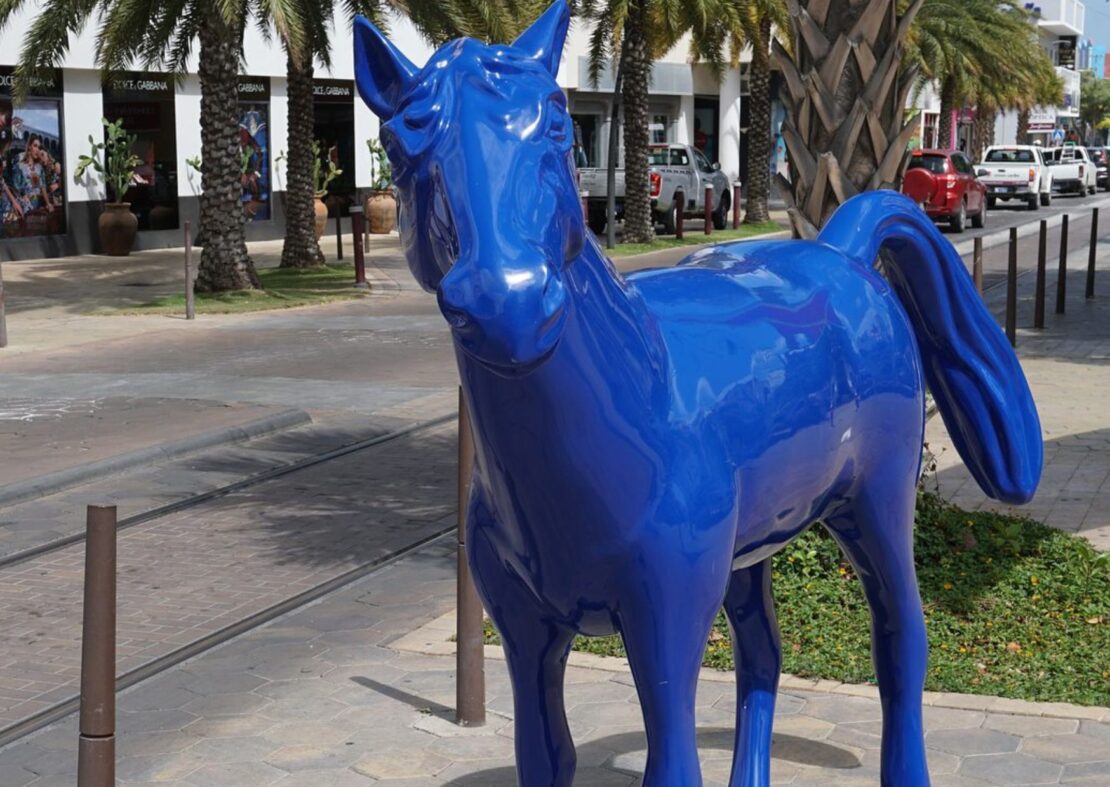
Cool Things to See in Aruba
By Banita Sadhra on 19th January, 2024
The allure of Aruba extends far beyond its turquoise waters. Join us as we discover all the cool things to see in Aruba, from rock art to blue horses, we are sure you will enjoy a vacation on this Caribbean tropical island!
COOL SAND
The material comprising most Aruba beaches is calcareous (composed of calcium carbonate) and porous, allowing the beach to ‘breathe’ and cool down. Small cavities permit airflow and do not trap or transmit heat as with beaches in the US and elsewhere where silicone-based sandgets very hot under the sun.

FOUR LANGUAGES
Papiamento is Aruba’s official language. It was a means of communication between Spanish colonists and native Indians. It continued to develop over 300 years among inhabitants, colonists and visitors. The Spaniards were the first to colonize Aruba, followed by the Dutch.

Today, Aruba is an autonomous nation within the Dutch Kingdom. Dutch is the language of instruction in schools. Because of proximity to South America, many Spanish speakers live and work on the island. Due to tourism, TV, internet and technology, English is another mainstream language.
UNIQUE BEACHES
Corals, shells and coral-producing algae from nearby reefs break down in the churning of the sea and are transported and sorted by currents, waves and winds. As the current slows, finer grains are deposited and form white sandy beaches on the southwest coast.

The north shore has no long stretches; because huge waves slam at the rocky shore, no fine particles can be deposited. Black stone beach results from nearby volcanic rocks and basalt and red beach from red rocks churned into finer sediment.
ROCK ART
Aruba has the most varied collection of Amerindian rock art in the region, in a variety of figures, color and motif combinations, materials, application techniques and archeological sites. Rock paintings in Aruba are about one thousand years old, created by the Caquetío Indians from the South American mainland.

Deep yet accessible caves protect them and giant boulders form durable canvasses. No surprise that there are more rock paintings in Aruba than on any of the other Dutch Caribbean islands. Most are found at Arikok, Fontein and Ayo.
BLUE HORSES
Created by local artist Osaira Muyale, eight striking blue horses are found in downtown Oranjestad – each with its own name and character – depict an iconic time in Aruba’s history. During Spanish, English and Dutch occupation, Aruba was actively involved in horse breeding.
 Image credit: @andycarmichael_50
Image credit: @andycarmichael_50
The capital of Oranjestad was once known as Paardenbaai (bay of horses). In addition to many horse farms, horses brought in for sale arrived on ships and were thrown overboard to swim to shore – thus the blue color.
BIRDS, BIRDS, BIRDS
Aruba’s great geological diversity attracts 280 different species! Areas attracting birdlife are the Bubali wetlands, Malmok salina, Tierra del Sol, California Lighthouse, Arikok National Park and the Spanish Lagoon. Nearby tern breeding islands make Aruba unique in the world, with ten species registered.

Resident birds include the Brown Pelican, Green Heron, American Kestrel, Brown-throated Parakeet, Burrowing Owl, Ruby-topaz Hummingbird and Bananaquit. The Americas have spring and fall migrations, bringing such migratory birds as Herons, Terns, Sandpipers and Egrets.
Check out our other posts: 15 Best Beaches in Aruba and Best Family Hotels and Resorts in Aruba